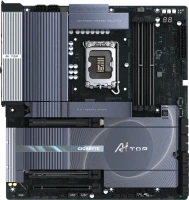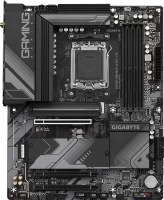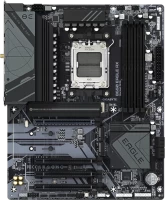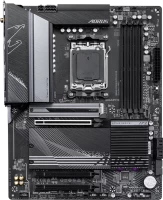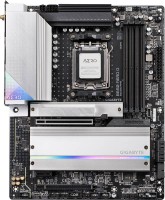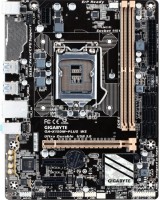Motherboards Gigabyte series Mining
Gigabyte Mining (for mining)
The motherboard is one of the most important components when assembling a mining farm. It should ensure the stable operation of the system and serve as a platform for installing the rest of the equipment. There are also special requirements for motherboards for mining in terms of power supply and the number of PCI-E slots.
The main feature of the Gigabyte Mining series is the bloated number of PCI-E slots with hybrid modes of operation. Due to this, the Mining line cards support the simultaneous installation of 5 to 12 video cards (directly on the board or in a separate rack with extension connectors). In order for all this good to stably receive energy, mining monsters need additional connectors for the power subsystem.
 |
Gigabyte models differ from other mining boards in their simplicity and accessibility. The average check for them rarely exceeds $200, simple sockets (Intel H110, B250, etc.) are used as the basis, and the overall level of equipment resembles classic office-class motherboards: a simple power subsystem, two RAM slots, one M.2 "hole" and a minimum of possibilities for creating a disk array.
Otherwise, the functionality of these boards is limited to the most necessary (one video output, a basic set of USB outputs, a primitive LAN controller, etc.) and does not particularly strive to surprise with something. As we have already said, the main thing here is reliability and stability, after all, most farms work around the clock.

